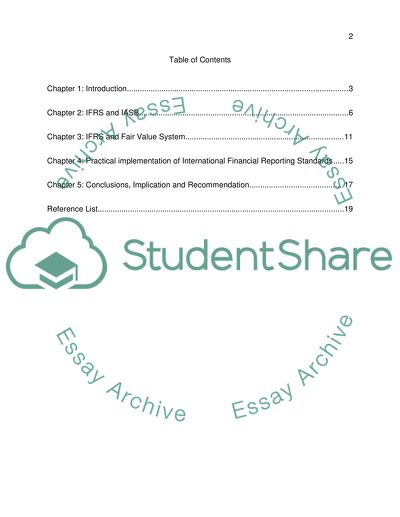Cite this document
(“International Accounting Standards Essay Example | Topics and Well Written Essays - 4000 words”, n.d.)
Retrieved from https://studentshare.org/finance-accounting/1483580-international-accounting-standards
Retrieved from https://studentshare.org/finance-accounting/1483580-international-accounting-standards
(International Accounting Standards Essay Example | Topics and Well Written Essays - 4000 Words)
https://studentshare.org/finance-accounting/1483580-international-accounting-standards.
https://studentshare.org/finance-accounting/1483580-international-accounting-standards.
“International Accounting Standards Essay Example | Topics and Well Written Essays - 4000 Words”, n.d. https://studentshare.org/finance-accounting/1483580-international-accounting-standards.


